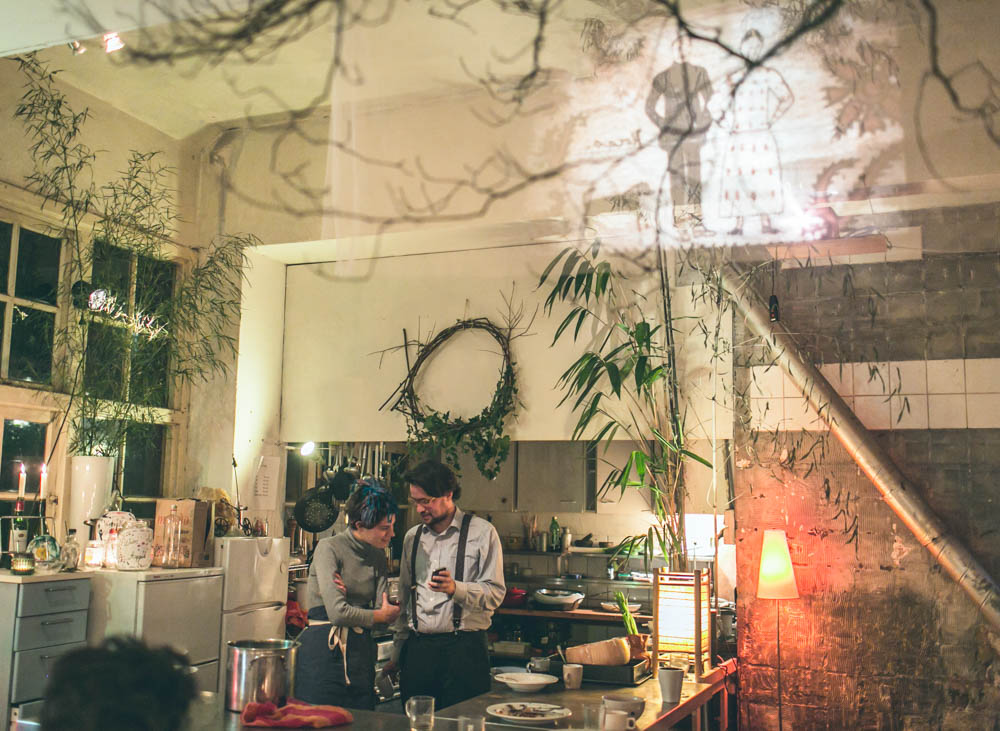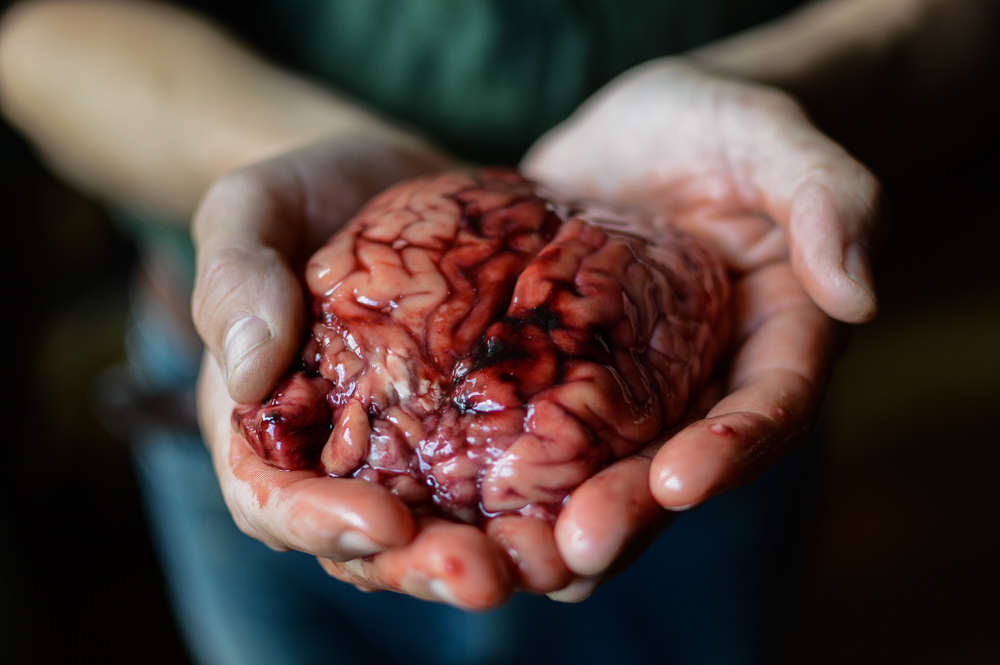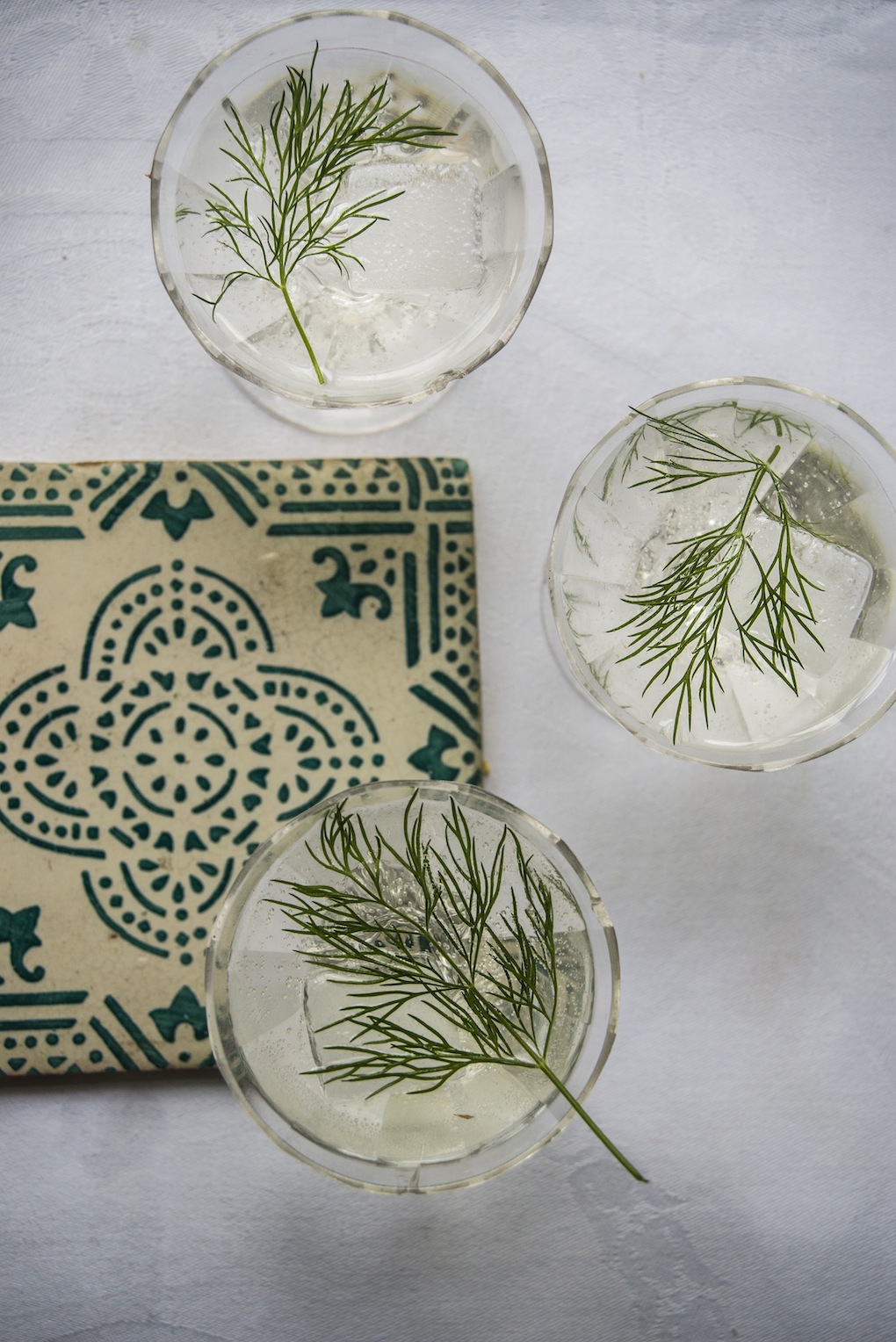
“It would spoil people’s perception of wine” is, both inevitably and ironically, what got me first thinking about ‘it’. Before I heard that, all I thought about when I thought about wine was taste. That and whether or not this should be my last glass.
These were the (subtitled) words of a (French) grower in a documentary about how we manipulate wine and, armed with the terms ‘extract of pig pancreas and dried swim bladders of fish’ and a word I have since learned how to spell (Polyvinylpolyryrrolidone), I set off to tell my wine drinking friends. Not that anyone seemed to care. Most people seemed to think that even if this was true, that it probably wasn’t for the sort of wine that they drink. In fact, there seemed to be a direct correlation between the people who profess to enjoy wine the most and a confidence that this didn’t apply to them. And because all I’d seen was a documentary, for all I knew, they were right.
And so I bought a book.
I figured that if it was difficult to learn about what was being added to conventional wine, then I should start with natural wines and learn about all the stuff that’s categorically not in them. This, to cut a long list of additives short, is everything except (in some cases) a little sulphite at bottling. There’s no added water, no sugar, no tannins, no gelatine, no phosphates, no added yeasts. No (surprise!) dimethyl dicarbonate, acetaldehyde and not even any hydrogen peroxide. There are no animal derivatives, no iyoszyme (from eggs) or casein (from milk). And there have been no pesticides, fungicides, herbicides, insecticides or fertilisers used to treat the vines. There is, incidentally, also no legal definition as to what counts as natural, nor is the addition of any of the above to wine, illegal.
Awkward on both fronts then.
Legal definition, even recognition, aside; the point is that at one end of the make-wine continuum there are those that manipulate wine via heavy processing, additives or aids, and those at the other end that produce wine without adding or removing anything.
And so, armed with this new information, I return to my friends who, grateful for my concern as ever (not), ask, How do you even know that stuff’s in this wine?


































